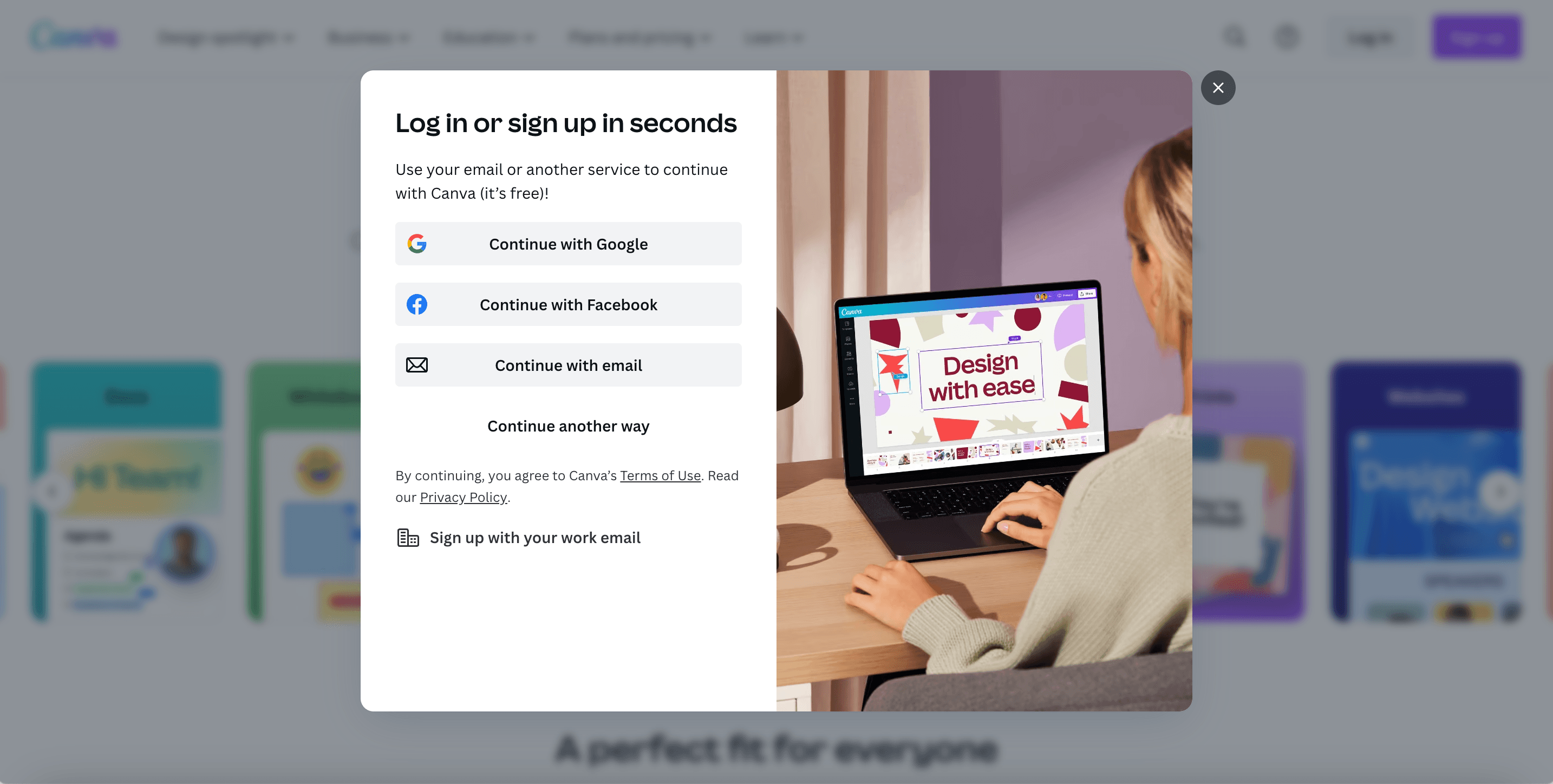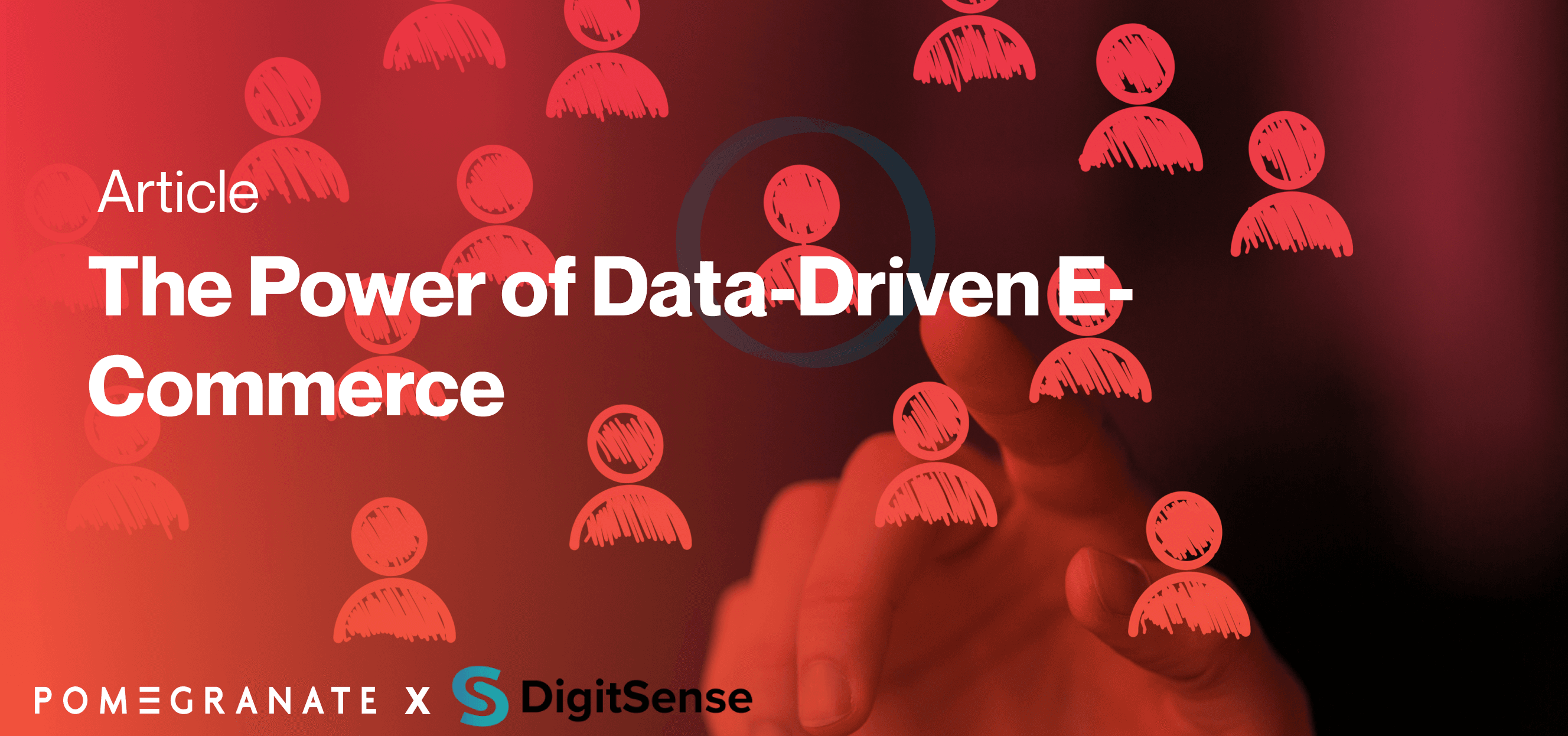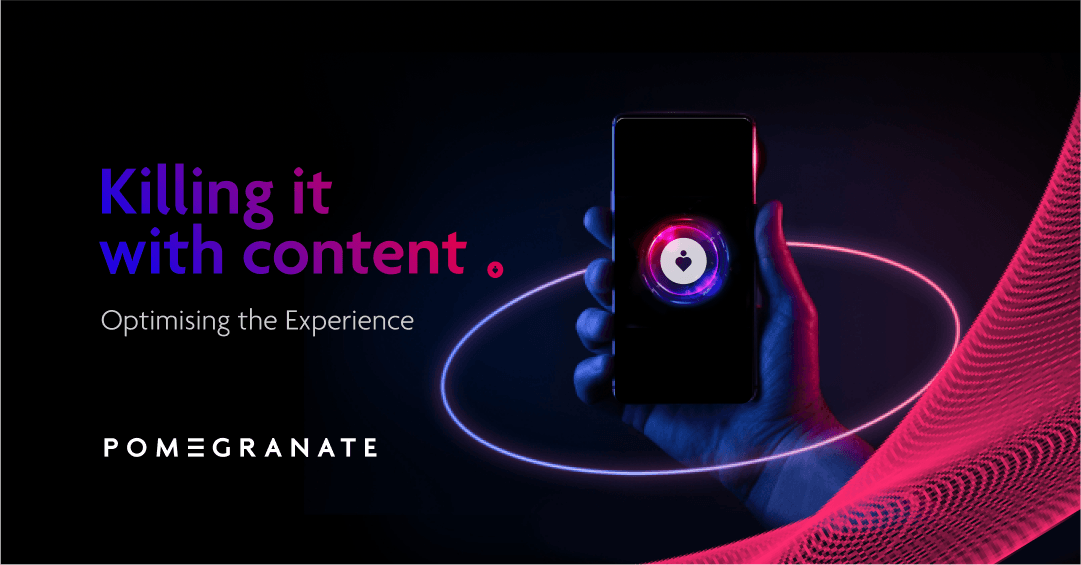User onboarding is an important stage in the customer journey that can either captivate or alienate users, influencing their decision to continue using an app or abandon it altogether. One key principle in understanding and optimising user onboarding is Hick's Law, which states that the time it takes to make a decision increases with complexity and the number of choices.
Hick's Law and User Onboarding Duration
As users navigate through onboarding, the application of Hick's Law becomes evident. Complex onboarding processes with numerous forms and choices can lead to indecisiveness, causing users to become fatigued and frustrated. The challenge for designers and developers is to strike a balance between providing essential information and ensuring a concise and engaging onboarding experience.
According to industry insights, users are less likely to tolerate lengthy onboarding processes, increasing the risk of app abandonment.
Therefore, the goal is clear: create an onboarding process that is short, engaging, and aligns with the user's expectations.
Case Study: Canva's Onboarding Success

Canva is a popular online graphic design platform that allows users to create a wide range of visual content, including social media graphics, presentations, posters etc…. It’s one of the most popular online and app-based graphic design tools with an estimated 135 million active users and is a great example of a streamlined onboarding process. It's widely used by individuals, businesses, educators, and non-profit organisations for its convenience and versatility in creating professional-looking graphics quickly and easily. By fine-tuning their onboarding process and limiting it to just two short forms, Canva allows users to quickly immerse themselves in the platform and start creating graphics—the core value of the app.
Permission Priming
Rather than bombarding users with permission requests on launch, Canva requests access, such as file permissions, only when relevant to the user's actions. This not only establishes trust but also avoids overwhelming users with unnecessary information—a common pitfall in many onboarding processes.
Unravelling Features Gradually
Instead of overwhelming users with a wealth of information, Canva has built its onboarding programme to gradually introduce and explain each feature in parts as they become relevant to the user. By doing so, the onboarding process becomes more digestible, reducing cognitive load and aligning with Hick's Law and the effectiveness of this, is demonstrated in how successful and how many active users they maintain on their platform.
In conclusion, user onboarding success lies in the delicate balance between providing necessary information and minimising complexity. By adhering to Hick's Law and incorporating insights from successful cases like Canva, developers can create onboarding processes that are not only short and engaging but also able to sustain user engagement and satisfaction. Remember, the perfect onboarding experience is memorable, efficient, and geared towards helping people to the root of the problem as quickly as possible. If you would like to find out how we can help optimise your onboarding process, talk to us here.





